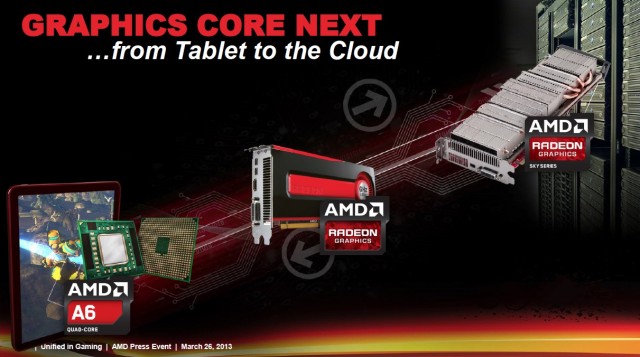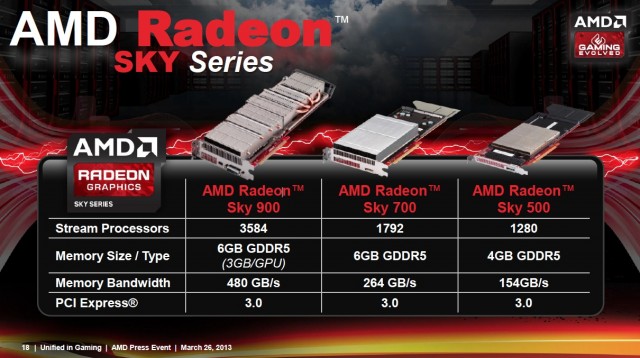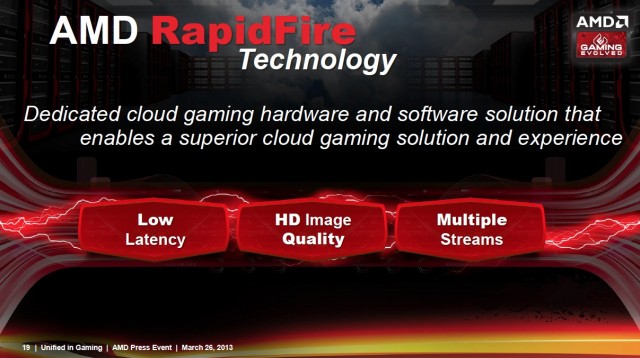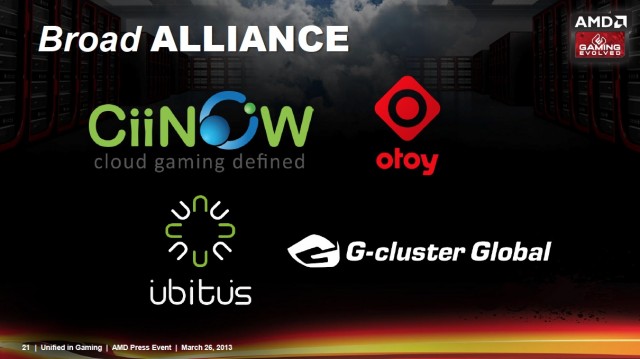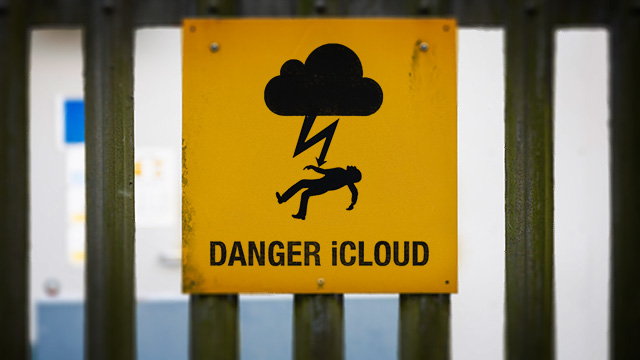1-12 TOP GAMES!

Angry Birds Star Wars
Yes, yes… you're all aghast. "How could they?!" But, as we've said elsewhere Angry Birds Star Wars
is actually a smart infusion of gameplay ideas from the beloved film
property and Rovio's inescapable game series. The Facebook version adds
leaderboards so you can compete with friends and a weekly challenge
designed to keep you coming back. This is an Angry Birds game that deserves your respect. Search your feelings. You know it to be true.
A Good Match for: Power-up lovers. ABSW
doles out a bunch of cool Skywalker-themed items, like a Blaster Droid
that fires laser bolts as you fly through the air. Gear like that and
the Thermal Detonator—which acts as a sticky grenade on the pigs' shaky
architecture—make it feel like you've got a Rebel Alliance arsenal at
your fingertips.
Not for Those Who Want: Angry Birds
to go away. This latest release is just further evidence that there's
no corner of the world Rovio's fat flyers won't seep into. Start
building that bunker.
Here's how it looks in action.

Marvel: Avengers Alliance
Avengers Alliance
is a turn-based role-playing game featuring the entire Marvel Comics
Universe. You're an agent of S.H.I.E.L.D., tasked with assembling the
mightiest team of super humans the world has ever seen. Collect iconic
super heroes as if they were stickers and deploy them on missions to
take down the forces of evil. Research new weapons to aid in old school
RPG battles with an easy-to-grasp rock-paper-scissors combat mechanic.
Revel in the control a man or woman in a black business suit has over
the most powerful beings in the universe.
A Good Match for:
Comic book fans. There's not much in the way of comic book-related
games on Facebook at the moment, and none of them are quite this good.
Next to the classic four-player arcade game, this is probably the best Avengers video game going.
Not for Those Who Want:
Action. This is an old school turn-based RPG. Cyclops, Iron Man, and
Captain America stand on one side of the screen, taking turns with the
enemy issuing simple battle commands. They gain experience. They level
up. It's a more thoughtful way of beating the heck out of the bad guys.
Here's how it looks in action.

Bubble Witch Saga
Bubble Witch Saga marries the colorful bubble-popping action of Bust-a-Move
with a skee ball-like scoring system and creates a truly engrossing
gaming experience. There are more than 150 levels to unlock and conquer,
your progress tracked on a colorful map filled with all of your
friends.
A Good Match for: Puzzle fans that aren't afraid to try, try again. Bubble Witch Saga
starts off easy but gets challenging real quick. As new obstacles are
added to the game's playfields you'll spend less and less time
progressing and more and more getting incredibly close to beating a
level and then failing miserably. The moment when you finally take down a
tough level is glorious, but you've got to work for it.
Not for Those Who Want: Immediate reward. They'll love the first 10 levels or so but might crumble once the going gets tough.
Here's how it looks in action.

Empires & Allies
This Zynga
game finally realized a proper purpose for the virtual real estate you
build on Facebook: to make that airplanes rain death on your frenemies.
Invading your friends' towns starts a turn-based conflict that happens
on land, sea or air. Who needs crops?
A Good Match for: Advance Wars fans. Who knows when Nintendo's going to update its classic strategy franchise? E&A's a good substitute—complete with storyline and boss fights—that you can play with dedicated hardware.
Not for Those Who Want:
A solo experience. You still need friends to wage war against. So get
ready to piss some acquaintance off and get to fighting it out.
Here's how it looks in action.
 Expand
ExpandFarmville 2
Farmville.
It's the game that seemed to exemplify everything that was annoying
about social games on Facebook: a transparent scheme that limited how
much progress you could make to ensure you'd be coming back for more,
unless you bugged friends or paid cash to speed things up. The sequel to
Zynga's big hit deepens the complexity—crops can be crafted to feed
animals, lumber goes into new buildings—so that it feels more
interconnected. The hated energy mechanic is gone, too, which means you
keep tweaking your virtual farm as much as you want.
A Good Match for:
People pressed for time. You can click around your virtual livestock
and crops for as little as ten minutes and set up a series of advancing
moves that pay off big time when you check in later.
Not for Those Who Want: Rewards for playing the first Farmville.
You won't reap any benefits from all that time you sank into the
preceding game in this series. An odd misstep for a game that relies so
heavily on a network sensibility.
Here's how it looks in action.
 Expand
ExpandThe Grinns Tale
The biggest
surprise about Nexon's social game is how it manages to capture the
quirky feel of SNES-era RPGs in the unlikeliest of places, Facebook. The
art design is adorably idiosyncratic, the music rousing and poignant
and, most importantly, the adventure builds to pleasant crescendos.
A Good Match for:
Team builders. Players will have to venture inside an eldritch tower to
battle evil creatures and maintain a virtual village that they'll cull
supplies and allies from. You build houses to get new settlers, who then
man the pubs and shops that make armor and food. Townsfolk can also be
made to pitch in certain tasks to speed them up. When all the pieces of
the experience are humming along, it really feels like you're in control
of a mighty, monster-fighting machine full of tiny, weird-looking
people.
Not for Those Who Want:
. Collaboration. While villagers will get their names from your
Facebook friends—who can give you gifts—there's no really significant
way for those other human beings to influence your progress in the game.
Here's how it looks in action.
 Expand
Expand
Legends: Rise of a Hero
Legends: Rise of a Hero
is what is being referred to as a "midcore" game, one that combines the
action mechanics of a "hardcore" game with the more leisurely aspects
of casual games. When players aren't busy cultivating their home base,
populating it with shops to craft items and buildings to generate gold
coins, they're out in the wilderness alone or grouped with AI-controlled
companions, battling creatures and completing quests.
A Good Match for: Casual players looking for a little more action. While more hardcore gamers might not appreciate the slower pace of Legends, it's the perfect game to acquaint the farmers and city-builders of Facebook with the other side of gaming.
Not for Those Who Want: To sit back and watch their game happen.

PixelJunk Monsters Online
Q-Games crafted an incredibly sticky, punishingly difficult single-player game for the PS3 a few years back. PixelJunk Monsters Online takes the same game and migrates it to the Web, where you're not only defending territory but expanding it as well.
A Good Match for: Alpha males and females. The social overlay for PMO
turns friends into rivals and encourages you to grab at their
grasslands. It's finally your chance to be a video game boss. Make
everyone proud, okay?
Not for Those Who Want: To be isolationists. All the action happens on a shared world map, which means someone will come gunning for you. Be ready.

Here's how it looks in action.
 Expand
ExpandRobot Rising
Robot Rising
doesn't look or play like any other game on Facebook. While other
developers dabble with a blend of hardcore and social gameplay on the
platform, Stomp Games stays true to its name, stomping in and laying
down a full-fledged robot-powered action role-playing game with stunning
graphics, explosive sound and a little base management thrown in to
keep the more casual players from getting lost in a sea of exploding
machine bits. There is no begging friends here—just gifting, should the
mood hit you.
A Good Match for: Action RPG fans looking for a quick fix. With a never-ending supply of randomly-generated missions, fans of games like Torchlight and Diablo looking for something little, mechanical and different will be in click-to-kill heaven.
Not for Those Who Want: A relaxing city management sim. While building your base is a part of the process, Robot Rising's core experience is about exploring dungeons and blowing the hell out of anything that moves.
Here's how it looks in action.

Robot Unicorn Attack: Evolution
The first Robot Unicorn
was a Facebook classic, and the sequel ups the ante in just about every
way. Now there are more animals, more power-ups, and… well, still just
the one song. But who would want to change that? Best of all, it's the
rare Facebook game that's cool enough that you won't mind if it tells
your friends you're playing it.
A Good Match for: Erasure fans, panda fans, unicorn fans, people who like colors.
Not for Those Who Want: A game without Erasure, pandas, unicorns and colors.
Here's how it looks in action.











